Are you looking for some engaging children’s books for teaching persuasive writing? Logic-based with some emotions thrown in, persuasive writing is a skill that will serve young writers throughout elementary school, high school, and well beyond — whether they are looking to become writers or just need to write a report at work. And there’s plenty of inspiration to be found in some of their favorite children’s books, from the classics to some newer additions to the classroom library.
You’ll inspire your students to be as convincing as they possibly can during opinion and argumentative writing with our top 10 books for persuasive writing. These children’s books highlight some of the most entertaining persuasive language features, including a compelling hook, exaggeration, anecdotes, and counterarguments.
Students will love listening to these stories and studying the persuasive language devices used!
The Best Books for Teaching Persuasive Writing
The Day the Crayons Quit – By Drew Daywalt
Poor Duncan. He wants to color, but his crayons have flown the coop! Drew Daywalt’s classic story of the day the crayons decided they’d just about had enough is both a great story and a great writing prompt. Red Crayon is a persuasive narrator, telling us how overworked he is while advocating for his fellow crayons. The book plays heavily on emotional language that your students can learn from.
To put it into practice, students can write letters from Duncan to his crayons or vice versa! Encourage your students with some emotional language examples.

The Perfect Pet – By Margie Palatini and Bruce Whatley
Elizabeth really, really wants a new pet! She campaigns with her parents to find the right pet!
Until Doug comes along – the most unusual, perfect pet of all! Like I Wanna Iguana, this offers the opportunity to talk about pets, but to change things up, consider challenging your students to write letters about why something will not work for their family. Do they really want a tiger to move into an apartment? Why is an elephant the wrong animal to live in a snowy climate?
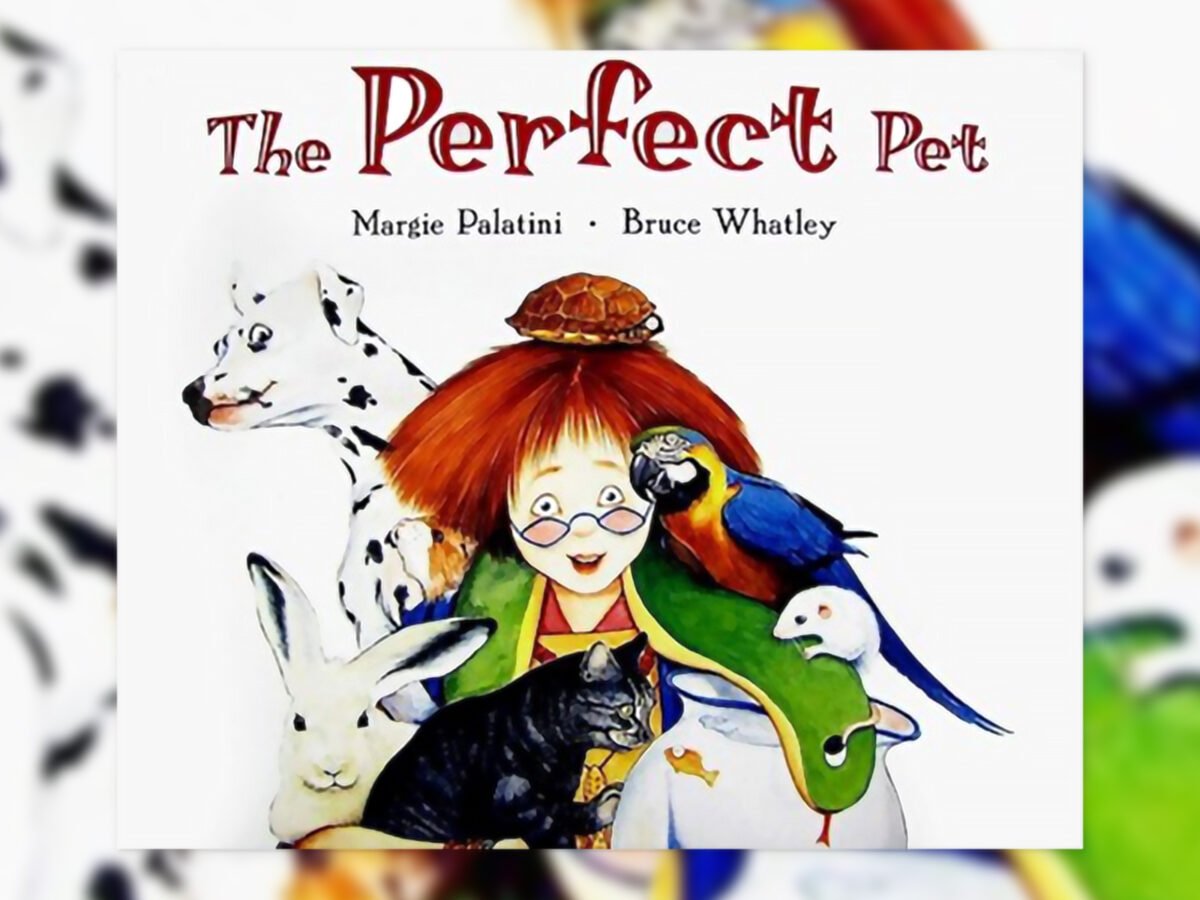
Grab this printable persuasive writing template: A Turtle for a Pet!
Eat Your Peas – By Kes Gray
It’s dinnertime! Daisy knows what her mom is going to say even before she says it…”Eat your peas!!!”
Challenge your students to play the mom in this situation. What would they say to convince their child to eat those green veggies? This is a great chance to work on adjectives in writing — peas are delicious, nutritious, yummy, or even just healthy!
I Wanna Iguana – By Karen Kaufman and David Catrow
Alex is desperate to adopt his friend’s baby iguana. Through a cute exchange of notes, Alex and his mom use persuasive language to support their side of the argument!
This is another must-read during the teaching of persuasive writing, and it can open the door to writing about a classroom or home pet. Combine this with your letter writing unit, and challenge your students to make the case for a new animal in the home or in your classroom. Challenge your students to think carefully about the words they will use to persuade a parent/guardian or you.
Some phrases they might want to use include:
- What needs to be done/what we need to do. . .
- I ask you to think about . . .
- I am writing in order to . . .
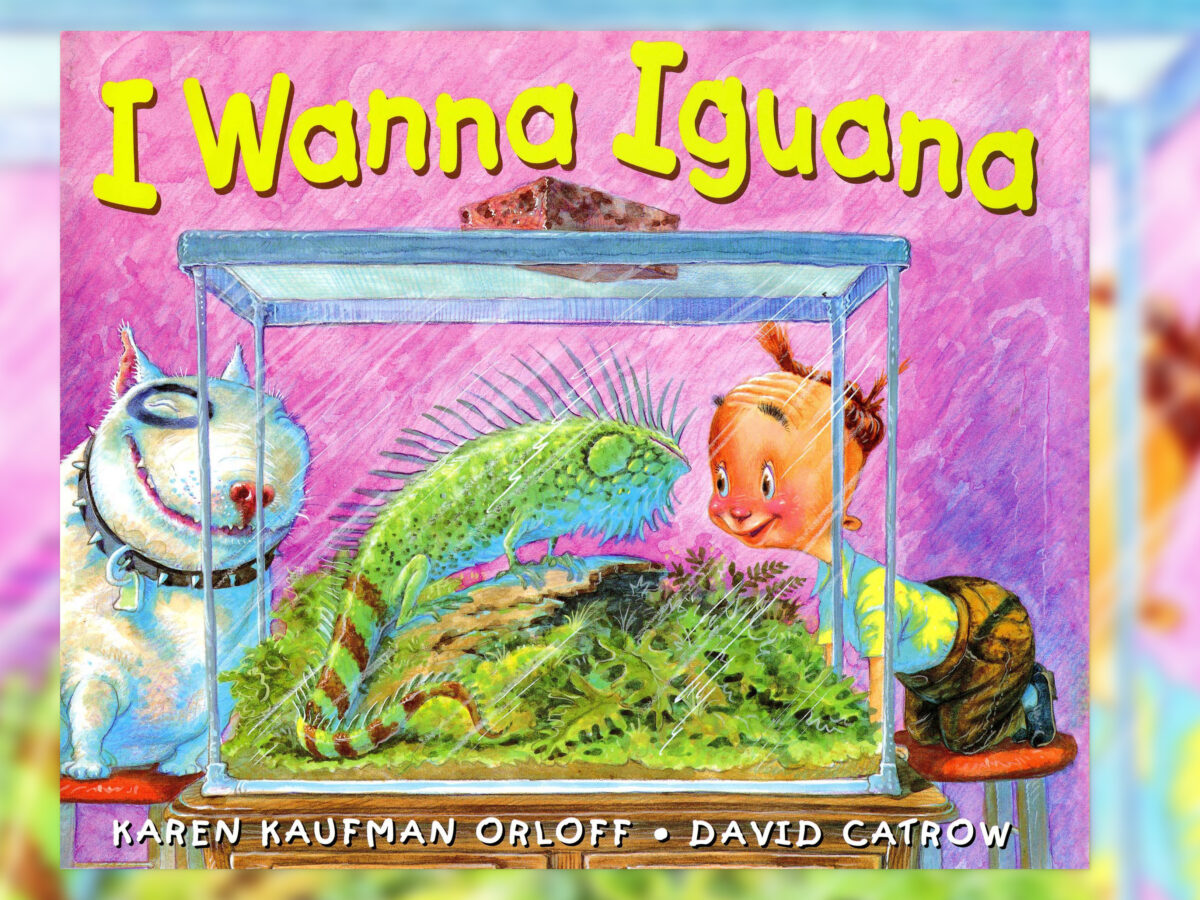
Don’t Let the Pigeon Drive the Bus – By Mo Willems
In this adorable story, the bus driver takes a break and gives the reader one instruction…”Don’t let the pigeon drive the bus!”
But, boy…that pigeon is a cheeky persuasive little thing! Put your students in the role of playing bus driver. What should they say to convince them that a pigeon shouldn’t take the wheel of the bus? We love letting the class vote: Should the pigeon drive the bus or not? The majority rules, and each student should then write a persuasive argument for the winner. This challenges kids to sometimes take a side they wouldn’t otherwise, which can help broaden their skills.
This is a great time to talk about evocative verbs. What happens when the pigeon drives the bus? Will he crash, collide, or smash up the town?
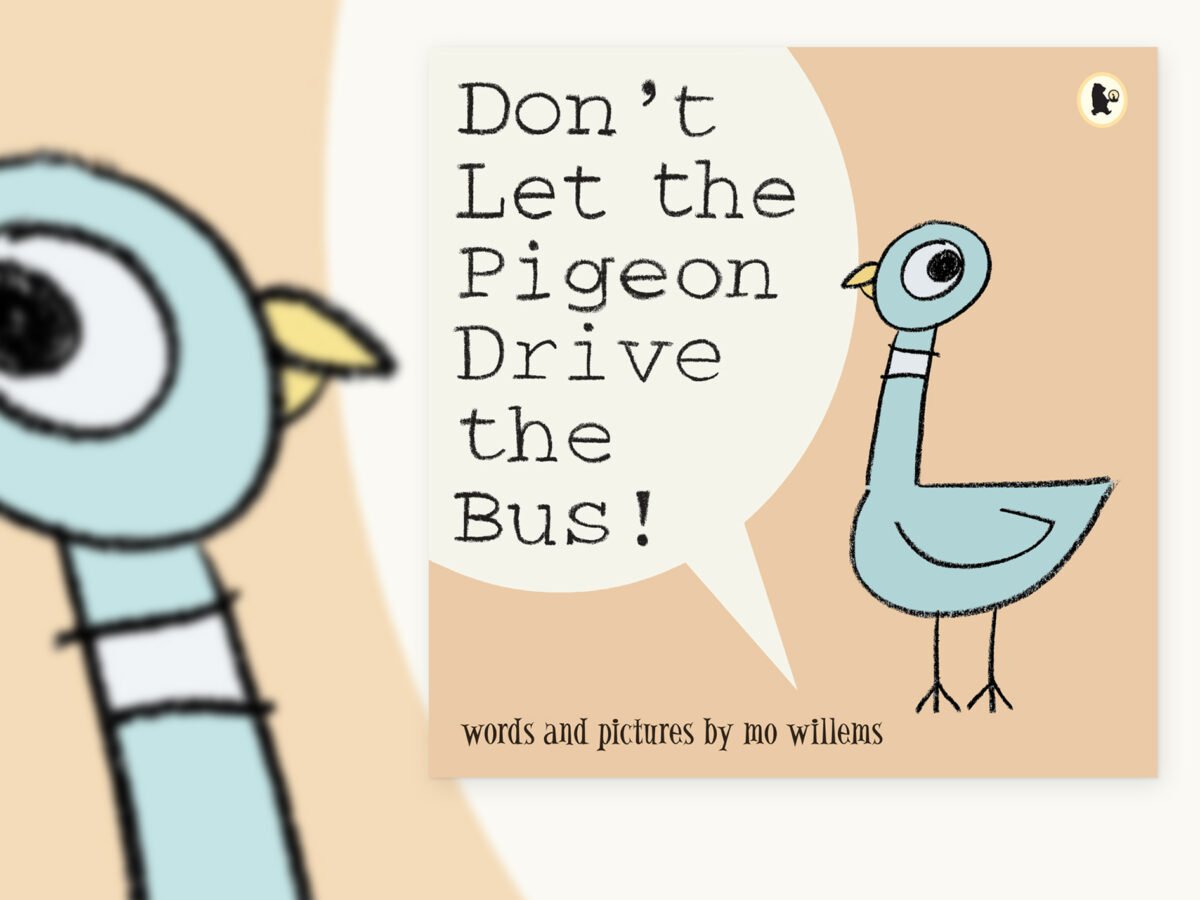
Hey, Little Ant – By Phillip and Hannah Hoose
What would you do if the ant you were about to step on looked up and started talking? Taking the form of a debate – a powerful tool for persuasive writers — that’s exactly what happens in this book. The ant states a compelling persuasive case for its survival while the kid’s friends gather around to taunt him for hesitating! Your students can write from multiple angles on this one: the ant’s, the “stepper’s” or even the taunting friends. Make a T-chart, and encourage your students to come up with reasons why the ant should be squished … or not!
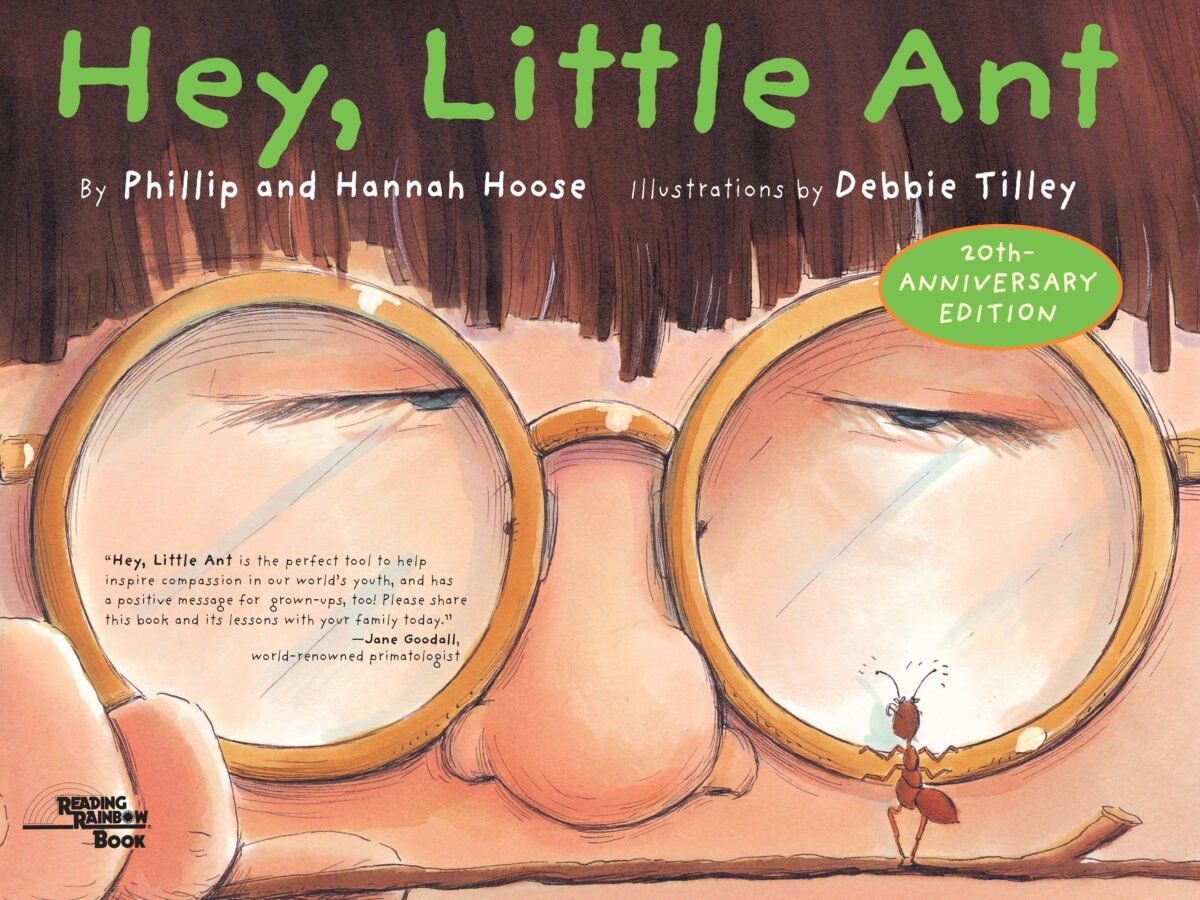
I Wanna New Room – By Karen Kaufman and David Catrow
This is the funny companion to I Wanna Iguana! Ever since their baby sister came along, Alex has been forced to share a room with his little brother Ethan, and it’s not going so well!
Alex wants a new room! Many of your students will be able to relate, and you can challenge them to write about their own experiences. Already have their own room? They can write about something they would like to add to their room or to the home.
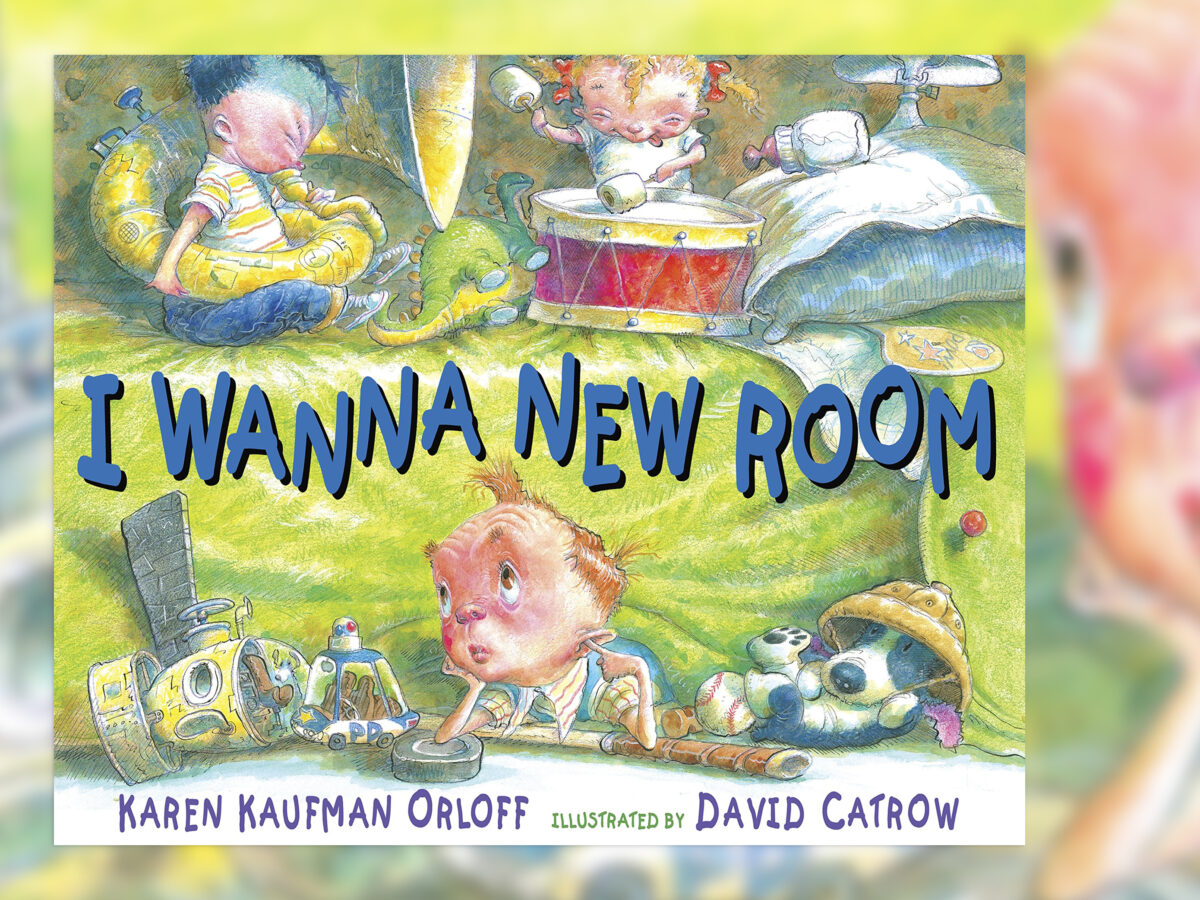
The True Story of the 3 Little Pigs – By Jon Scieszka
There are two sides to every story, and when the Big, Bad Wolf, takes the stand he finally gets his say. He tries to persuade everyone that he is the victim in this whole story! This is a perfect example of a counterargument to present to your students, and an opening to challenge them to take an unusual stand.
Some writing prompts to come out of this:
- Write about why a popular villain is really the “good guy/girl.”
- Write about why breakfast is NOT the most important meal of the day.
- Write about why the sky isn’t really blue!
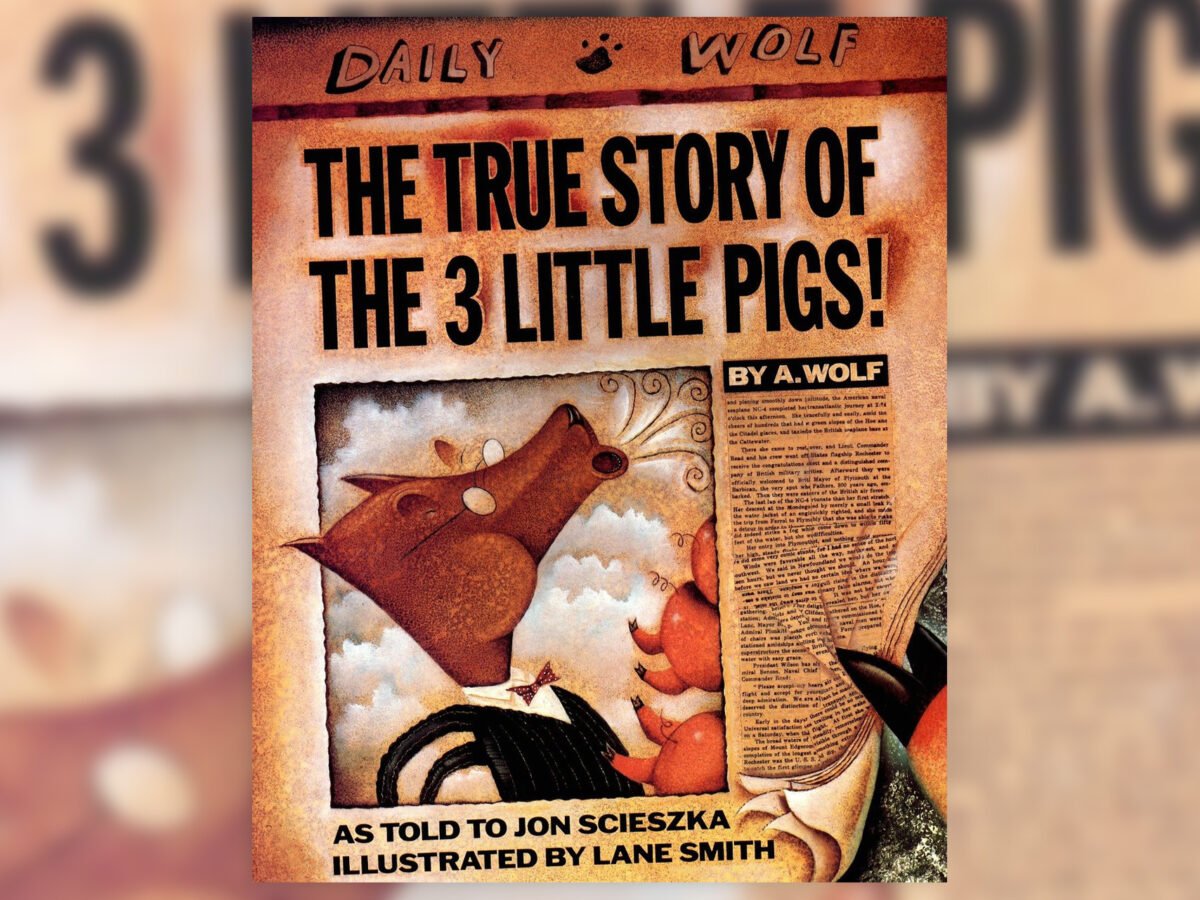
Otto Runs for President – By Rosemary Wells
In this children’s story, it’s election time, and as the title suggests Otto runs for president! While the popular Tiffany and athletic Charles make increasingly outrageous promises in their campaigns for President of Canine Country Day School, Otto quietly enters the race, vowing only to try to do what students really want. A great book to read around election season, this can also be read mid-year to talk about how persuasion is about getting someone on your side or getting them to support your cause. Challenge your students to write about why they think Otto won and whether they would have voted for him or not.
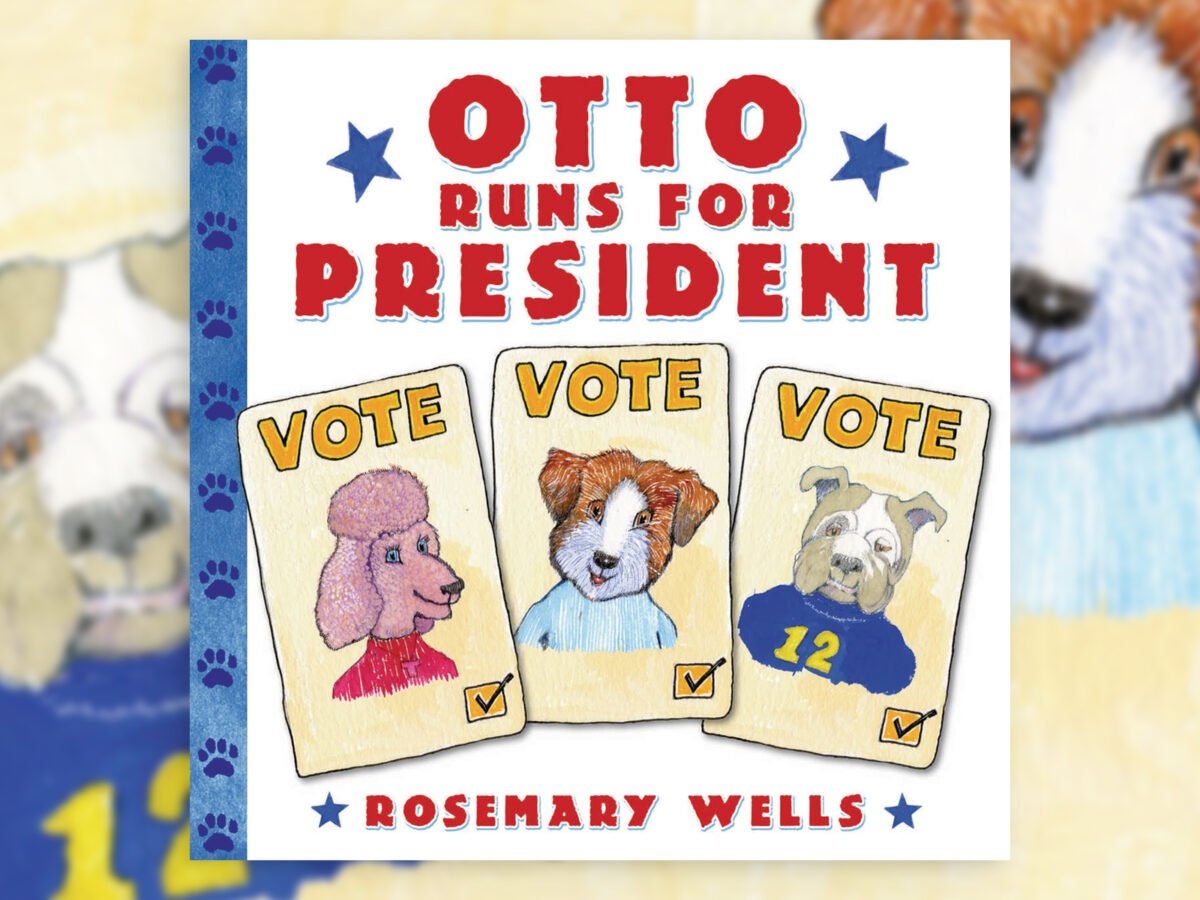
Be a Friend to Trees – By Patricia Lauber
This is a nonfiction option to discuss persuasive language and a fantastic story that discusses the importance of trees as sources of food, oxygen, and other essential things. A great way to turn an ecology lesson into a writing prompt, your students can develop a poster or write a letter using this story about why we should be friends with trees.

Download a free Why Plant a Tree? poster for the classroom to give your students inspiration.
Building your classroom library? Here are some other reading recommendations:
- Books for Teaching About Character Traits
- Books About Love
- Books for Teaching Procedural Writing
- Books by AAPI Authors
- First Day of School Books
- Age Appropriate Books for Teaching About Body Boundaries
- Books to Hook Reluctant Readers
- Engineering Books for Kids
- Books With Female Protagonists








Comments